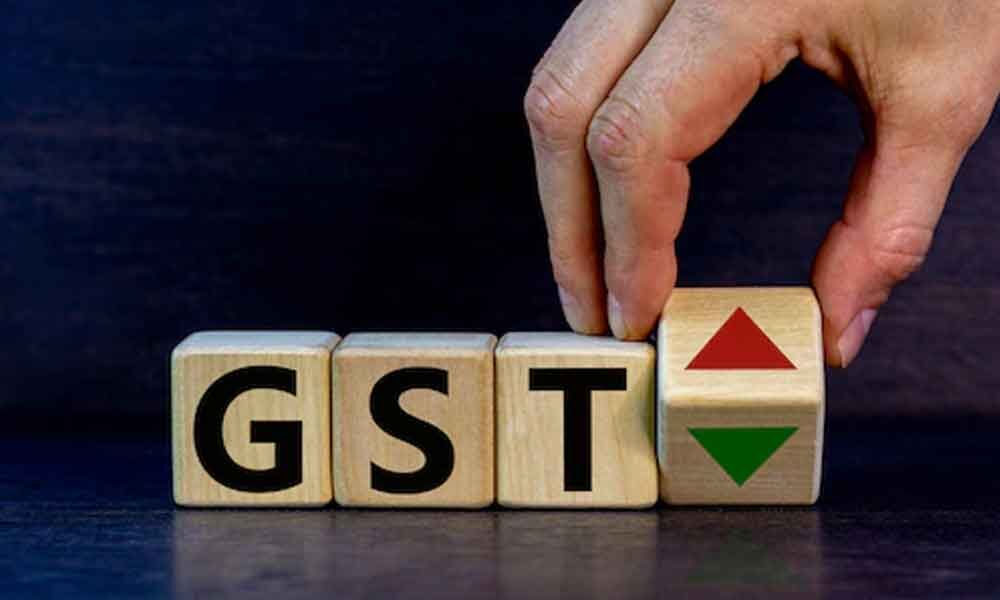Wondering how to pay GST Tax Online !
The process of making the GST as reality has fasten up.
Accordingly, the Joint Committee on Business Process of GST has issued a report on “GST PAYMENT PROCESS”.
The payment process for any tax should be simple, transparent and responsive.
It is proven fact that electronic payment brings more efficiency and satisfaction for the taxpayer.
The report has dealt with the issues like, GST tax collection, Uniform system of banking arrangements, Format of Challan of GST, accounting procedure for central and state Govt. for GST.
There may be two different challans, one for payment of GST and other is for payment of non-GST taxes. The proposed GST Payment process should have following features:
- Use of only electronically generated challan.
- Anytime, anywhere mode of payment of taxes.
- Online payment of taxes
- Minimum and logical tax collection data
- Faster remittance of revenue to the Government
- Paperless transactions
- Speedy Accounting and reporting
- Electronic reconciliation of payment receipts
- Simplified procedure by banks
- Data base of Digital Challans
The three proposed mode of payment for GST are as follows:
- Internet banking and debit/credit cards of authorized banks
- Over the counter payment through authorized banks
- Payment through NEFT/RTGS from any bank.
However, there is a limit of Rs. 10,000/- per challan, for over the counter payment through authorized banks.
Internet banking and debit/credit cards of authorized banks
Step 1: User will have to log in to the website of GST or there is option to pay taxes without log in like in present service tax payment system.
Step 2: If User choose to log in then the basic details will get automatically filled. Otherwise user will have to fill the basic details if wants pay taxes without registration.
Step 3: After that user will have to fill the tax details.
Step 4: User has the option to save the challan and fill it at later. A saved challan can be edited before finalization.
Step 5: Then the user will generate the challan for payment. The challan will have 14-digit unique code (CPIN) to identify it.
Step 6: There is option to pay the taxes immediately or the challan can be used for 7 days (for mode 1 & 2 payments) or 30 days (for mode 3 payments).
Step 7: Finally after making the payment, the CPIN ( 17 digit code) will get converted to CIN ( a 17 digit code). A three digit bank code will get added to CPIN.
Step 8: Upon successful completion of the payment, a copy of paid challan will be available for save and print.
Over the counter payment through authorized banks
The user will follow the same first five steps as in case of payment by “Internet banking and debit/credit cards of authorized banks” to generate the challan. Then he can submit the challan with the various authorized banks where he need to pay the amount.
Payment through NEFT/RTGS from any bank.
The user will follow the same first five steps as in case of payment by “Internet banking and debit/credit cards of authorized banks” to generate the challan. The challan will have unique CPIN number. User will have log in to their bank account and make the payment using the CPIN number by NEFT/RTGS.
Challan correction mechanism
The payment procedure is not difficult and seems to be very simple as it is with various current tax payment systems like income tax, TDS, service tax etc. The user face difficulties when some error is made by the user like choosing the wrong section for payment or furnishing wrong details like assessment year etc. To correction mechanism of these mistake should be easy and simple.
- Error in goods and service tax identification number (GSTIN): These type of error are made by representative (like CA) paying tax on behalf of taxpayer. Since taxpayer can directly pay tax by logging in, where the chances of wrong GSTIN are zero. Whereas the representative can directly pay tax on behalf of taxpayer from GST website without logging in. There is no correction mechanism provided for these type of error and the representative will be responsible for such errors.
- Error in major heads: As we know the GST will be divided between central and state governments so right head should be mentioned in the challan. It is proposed to permit banks to rectify such errors before the end of the day during which the amount has been received by the bank.
- Error in total amount: If the amount paid is in excess of the liability, then there is a mechanism for refund or credit forward of the excess paid amount. No correction mechanism in the challan is needed.
The above Proposals are now in public domain for discussions and suggestions.

